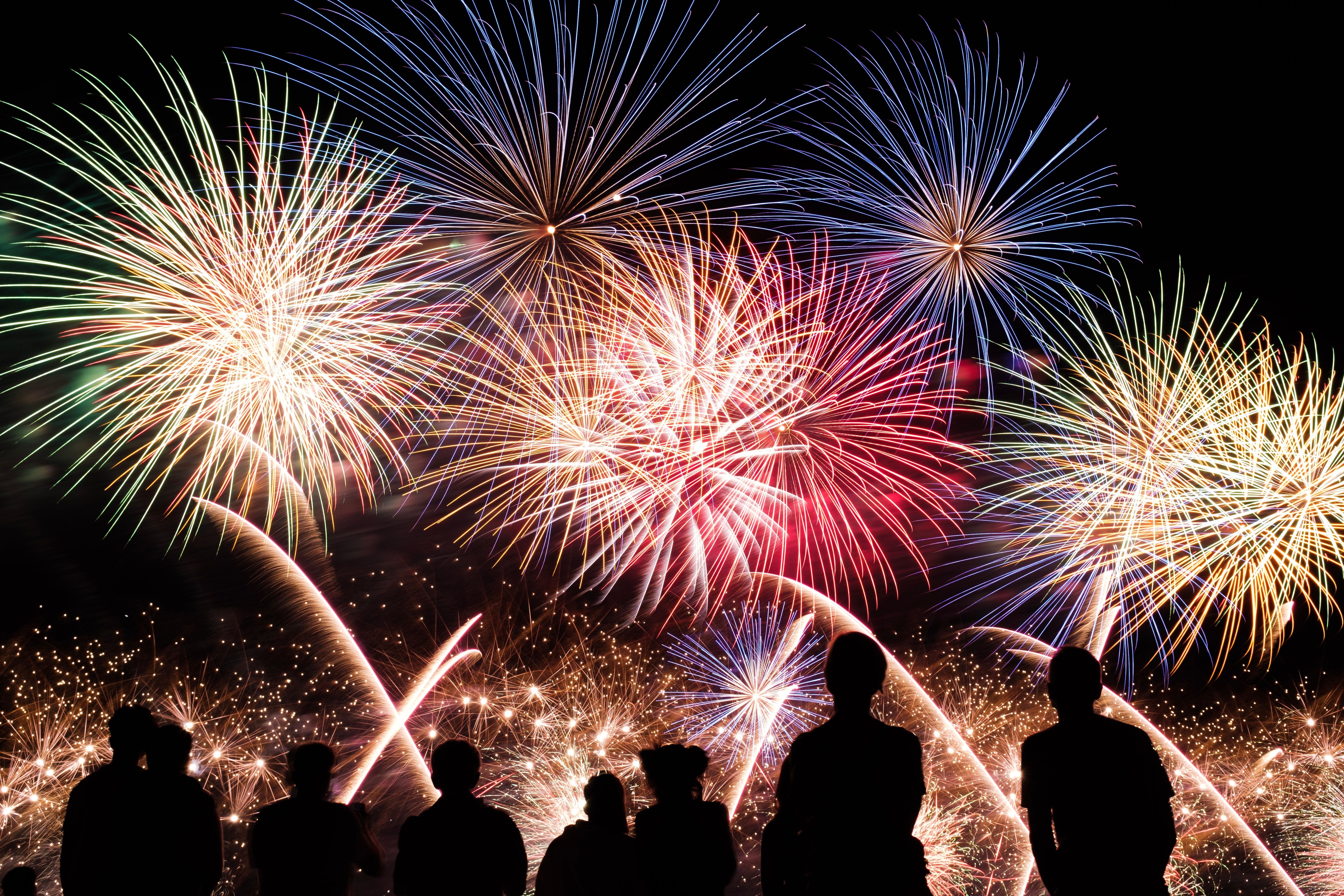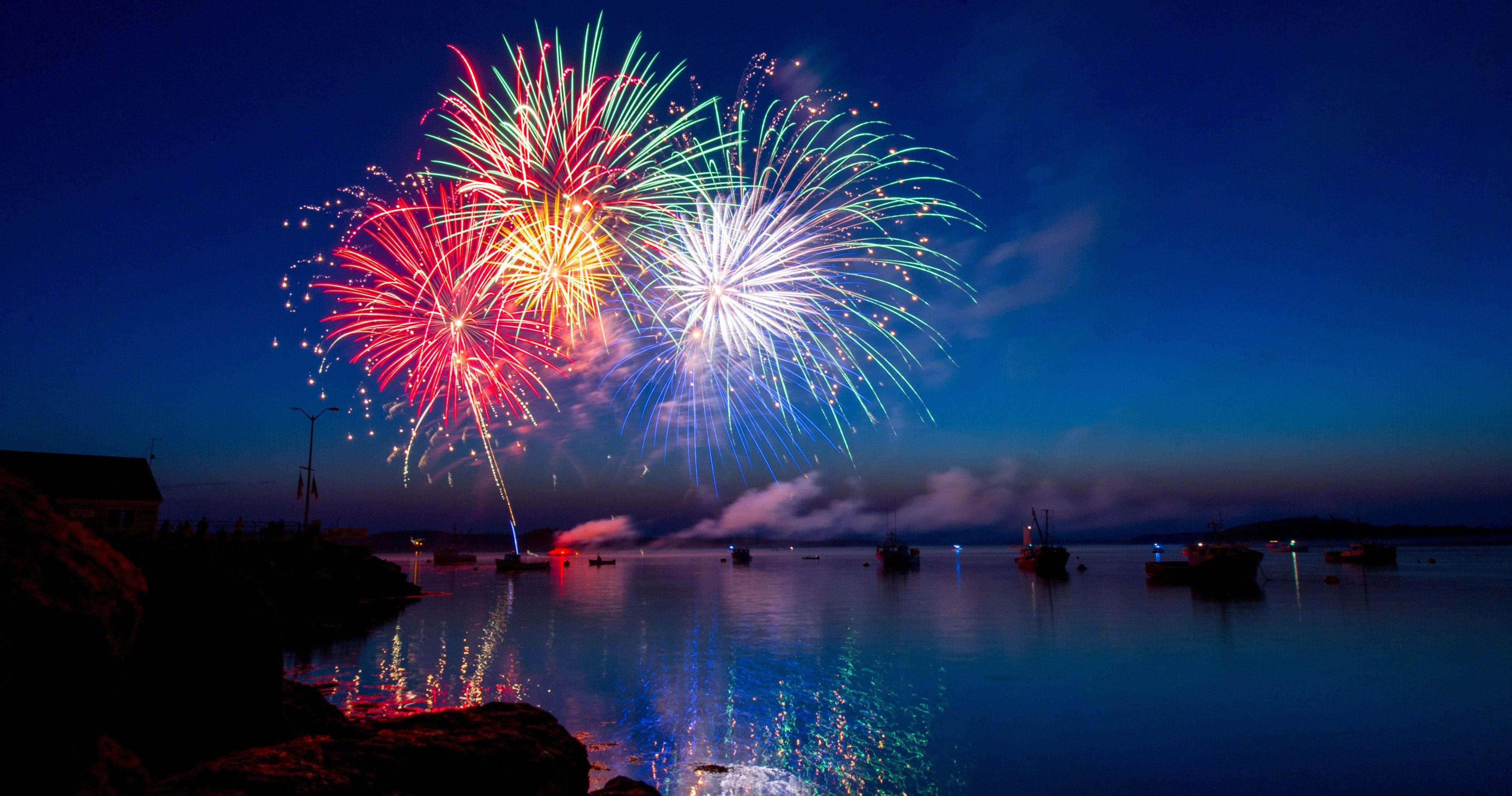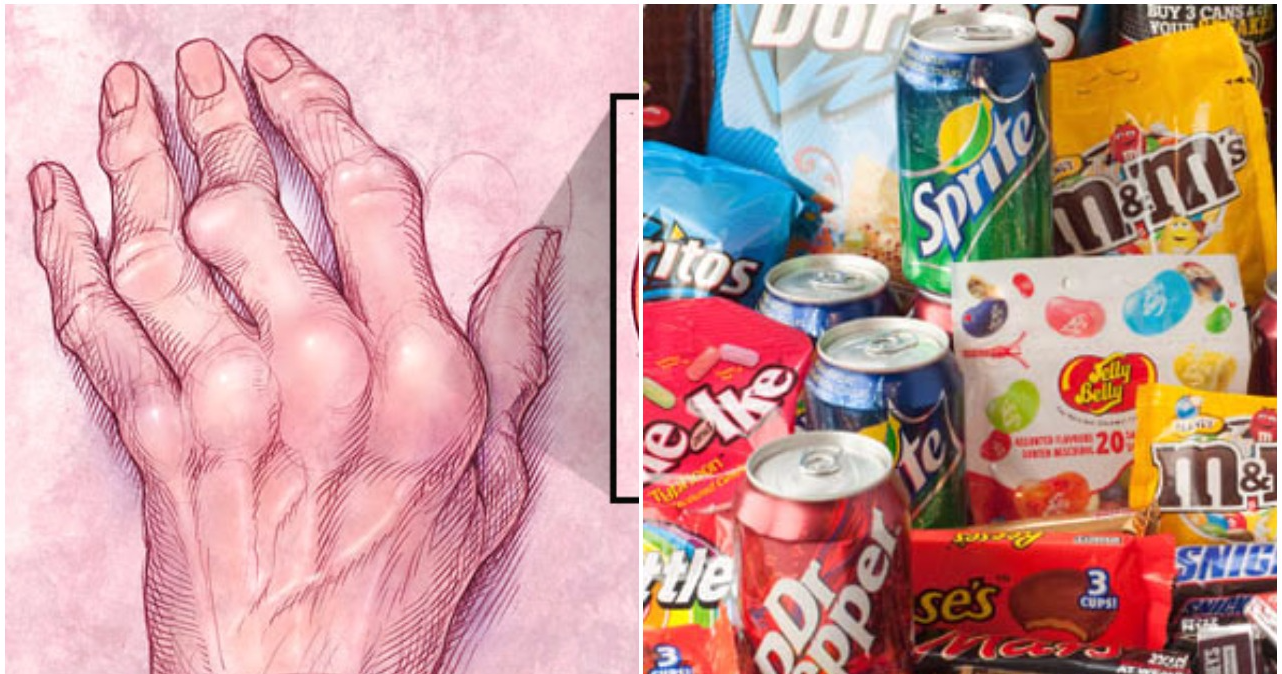After the recent Christmas and New Year’s Eve celebrations, you might have fireworks on your mind after seeing some beautiful displays. Even if you don’t, fireworks can be fascinating and worth learning more about.
Before you next see a display or buy some fireworks for your next big event, here are some fascinating facts about the products you might like to know.
Fireworks Aren’t a New Invention At All
While these days we have a wide variety of products to choose from to light up our skies, such as rockets, fountains, cakes, sparklers, and reloadable artillery shells fireworks, this wasn’t always the case, of course. However, while many of us assume fireworks are a pretty modern invention, they’re much older than you might expect.
The Chinese unintentionally invented these goods in around 200 BC. They came up with natural firecrackers when leaving bamboo stalks out to dry for too long over heat or accidentally knocking them into the fire. The Chinese liked to dry out the stalks to write on, but, as is often the way in our lives, other uses and combinations became known by mistake when the bamboo expanded and then burst with a bang.
Firecrackers remained at this basic level for hundreds of years until around 800 AD when an alchemist mixed charcoal, sulfur, and potassium nitrate to try to find everlasting life. Instead, the mixture caught on fire, and gunpowder was born. After this, people packed gunpowder into paper or bamboo tubes and lit them to create a series of small yet noisy explosions. It’s believed this is the earliest first use of fireworks in the form we think of them now. At the time, colors weren’t added, though, and the products weren’t blasted into the air.
One of the Biggest Fireworks Purchasers is Disney
Something else that’s interesting is the knowledge of who buys up the most fireworks every year. While you’d naturally expect that governments are at the top of the list, and, in fact, the U.S. Department of Defence is the largest purchaser all told, the second-place holder is reported to be Walt Disney World.
This makes sense when you keep in mind the stunning nightly firework displays that the theme park puts on and the other ways fireworks get utilized in various pyrotechnic shows around the park.
Fireworks Often Relate to Flowers
Another fascinating fact of note is that fireworks often relate to flowers when it comes to their designs and names. For example, many of the products are called “chrysanthemum” options because they have a shell that emits stars in a circle shape, and the brightness grows as this circle expands. Many aerial fireworks that fly outward and then descend are known as “peony” options after the flower. These are very common fireworks, and they don’t have a tail effect or trail or sparks like many other products do.
Another greenery-related firework choice you might see around is the “palm.” This one features multiple prominent comet stars that, when bursting into tendrils, appear in a similar shape as palm trees. You can also try to spot the “willow” fireworks that boast trails of silver or gold stars. As the stars descend in a cascade, they give off a weeping willow look.
Fireworks Involve the Use of Chemical Reaction
If you don’t know much about how fireworks work, you may be interested to know that we have these pretty displays thanks to chemistry and chemical reactions. Manufacturers of the products need three vital components to produce fireworks: a type of fuel, such as a charcoal-based black powder, an oxidizer (usually made from chlorates, nitrates, and other oxygen-producing compounds), and a chemical-based solution to create the colors we see in fireworks today.
The three components work together to give us the sound and light show. The fuel’s chemical bonds get broken down by the oxidizer, which, in turn, releases stored energy from these bonds. Fire from a direct flame or a lit fuse ignites this chemical reaction. As for the color? The Italians initially added the hues we see now.

They realized that when people added elements to a firecracker mix, such as metallic powders, various shades were produced in the sparkles. The colors showed as the chemical reactions burned. Elements such as sodium create yellow, for instance, while lithium and strontium burn red, and barium produces green fireworks.
In addition, the elements have a crucial role to play in the numerous sounds produced by fireworks, such as crackles and whistling noises.
As you can see, there is a lot more to fireworks than meets the eye. Next time you watch a display, keep some of these fun facts in mind to share with those around you.

